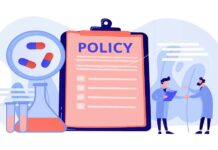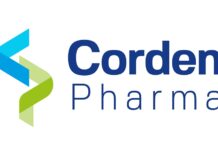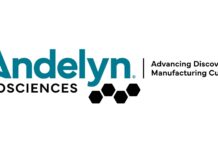Research by Cutting Edge Information finds that intellectual property protections in the United States encourage more pharmaceutical drug launches relative to other countries with weaker protections.
According to Cutting Edge Information’s study “Pharmaceutical Launch Sequencing: Mapping Commercialization Opportunities to Maximize Global Value and Expand Market Access” 81% of surveyed companies report that intellectual property is always or almost always respected in the United States. Patents are considered fairly strong in the US and companies can seek up to five years of patent term restoration if at least that much time was spent developing and seeking approval for a product.
The primary challenge for pharmaceutical intellectual property in the United States involves generic drugs. First-to-market generic drugs receive a 180-day exclusivity period before other generics appear on pharmacy shelves. “During this period the generic will only compete with branded products” said Adam Bianchi chief operating officer at Cutting Edge Information. “This 180-day span is extremely lucrative for generics companies as they can charge near-branded prices and gain most of the market. As a result generics companies are very aggressive in attempting to invalidate patents.”
Patent terms can have a major effect on product revenue and therefore launch sequencing. If a product launches late in markets with more time-limited patent protection it will have only a few years on the market before generic competition becomes a challenge. This makes it more difficult to justify the cost and effort of launching in the market at all.
“Pharmaceutical Launch Sequencing: Mapping Commercialization Opportunities to Maximize Global Value and Expand Market Access” examines the market potential for launching new drugs in 14 individual countries including the United States and European markets. The research also benchmarks global launch sequencing metrics. Use this report to:
Leverage internal expertise to maximize product revenue through careful pharmaceutical launch planning.
Understand and navigate AMNOG and other changes affecting product launches.
Prepare for future growth in key emerging markets.




















